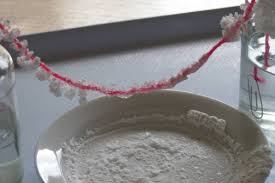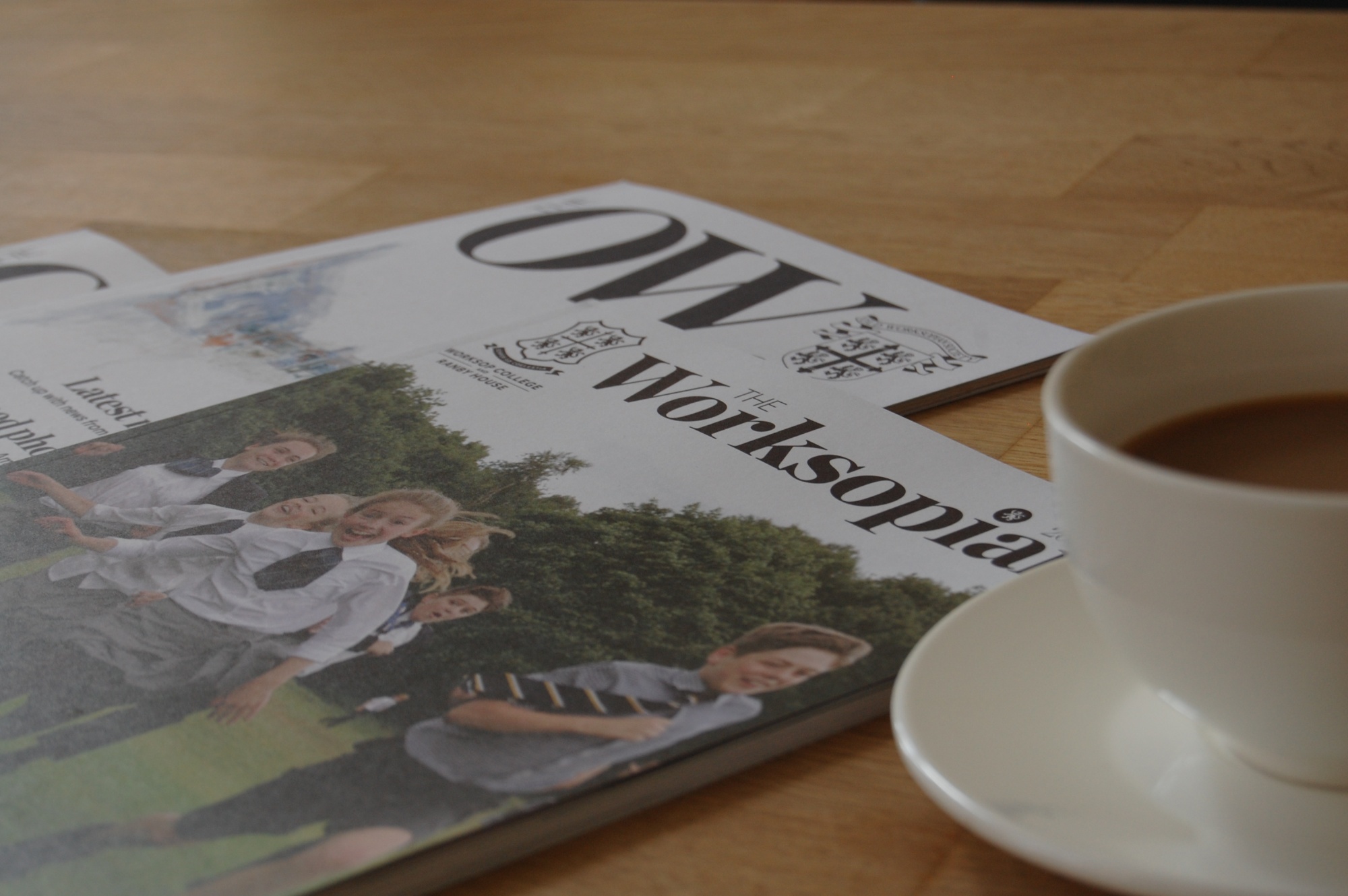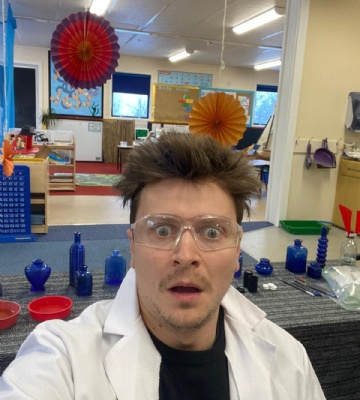
After the recent success of delivering our Slimy Science event at home, we have half-term science activities for you to enjoy with your little ones. Mr Newton, our resident Slimy Science expert and current Reception Teacher at Ranby House has prepared three experiments that are fun, child-friendly and easy to prepare.
The Leakproof Bag:
You will need:
- Sharpened pencils or skewers
- A sealable bag
- Water
- Make sure your pencils are sharp before you begin.
- Fill three-quarters of your bag with water and seal it.
- Holding the top of the bag with one hand, use the other hand to push a pencil right through to the other side. Like magic, there are no leaks!
- Repeat with several pencils – making sure they are pushed through in different places on the bag.
Test how many pencils your bag can hold!
Do pencils with flat or round edges work best?
Try different thicknesses of bag to see which works best.
The Science:
The science on this one is quite complicated! The bag is made out of a polymer which has lots of molecules attached together in long chains (think strands of cooked spaghetti!). The tip of the pencil can easily push apart the flexible strands of spaghetti but the strands’ flexible property helps to form a temporary seal against the edge of the pencil. When the pencil is removed, the hole in the plastic bag remains because the molecules were pushed aside permanently and the water leaks out.
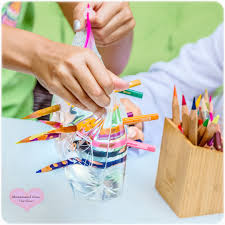
Grow Your Own Rainbow:
You will need:
- Kitchen roll/paper towel
- Felt tip pens
- Two small bowls of water
- Paper clip
- Thread
- Cut your kitchen roll into the shape of a rainbow.
- Colour a rainbow with felt tips about 2 cm up on both sides.
- Attach your paper clip to the top and tie and piece of thread to it. This will give you something to hold your rainbow with.
- Fill each small container with water.
- Hold your rainbow with the ends slightly submerged in the water then watch your rainbow grow!
The Science:
A brief introduction to ‘capillary action’! Water molecules like to stick to things – including themselves. Sticking to things is called adhesion and sticking to itself is called cohesion. The fibres in the kitchen roll make lots of little holes. Water is ‘sucked’ through the holes because of adhesion (liking to stick to other things) and cohesion (liking to stick to itself) means the rest of the water follows. The water pressure will eventually slow down and the pressure of gravity will mean it stops moving.
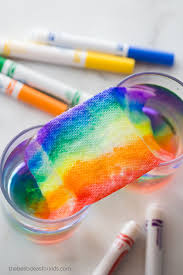
Grow Your Own Hanging Crystals:
You will need:
- Two glass jars
- Hot water
- Bicarbonate of soda
- Two paper clips
- String or wool
- Small plate
- Pour hot water into the two jars and stir in the bicarbonate of soda until no more will dissolve (about 6 teaspoons). When a layer forms at the bottom of the jars, this means no more will dissolve.
- Tie a paper clip to each end of the piece of wool or string and place each end in each jar so it hangs between.
- Put a small plate underneath the wool between the jars.
- Leave the jars for a week. Crystals will begin to form along with the wool- hanging down like stalactites. You may even get crystal stalagmites forming on the plate!
The Science:
You’ve created a super-saturated solution. Hot water can hold more dissolved bicarb than cold water because the molecules are further apart. When the water cools, the bicarb can no longer ‘fit’ in the water and ‘clings’ to the wool. As the water evaporates, crystals form. These crystal strings get longer as more water drips down.
